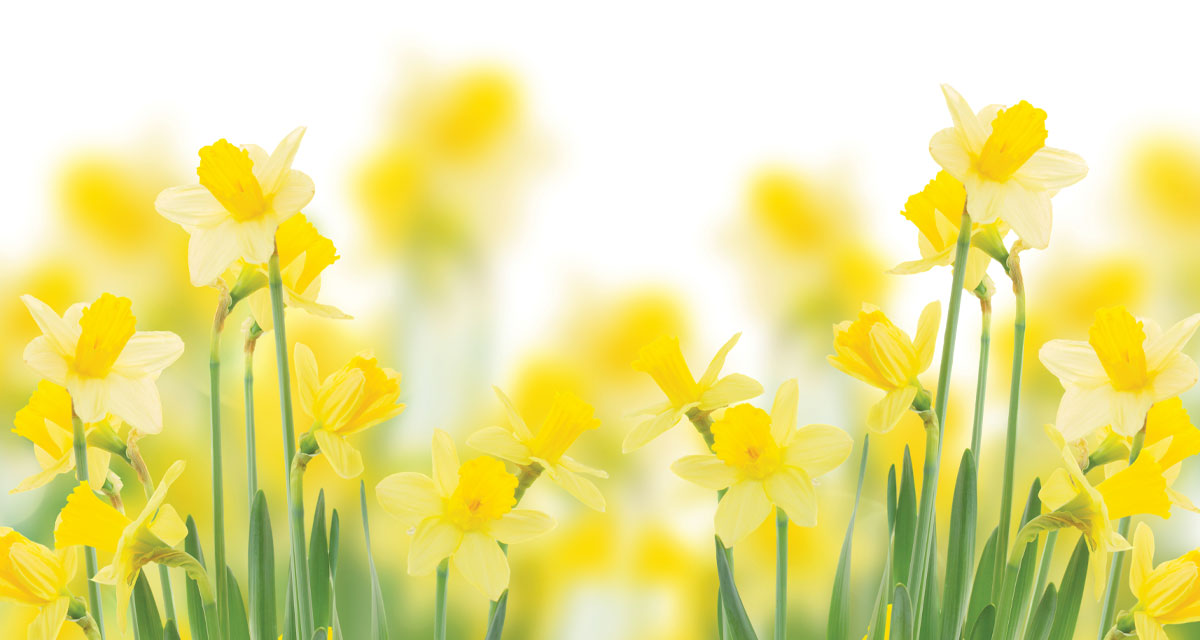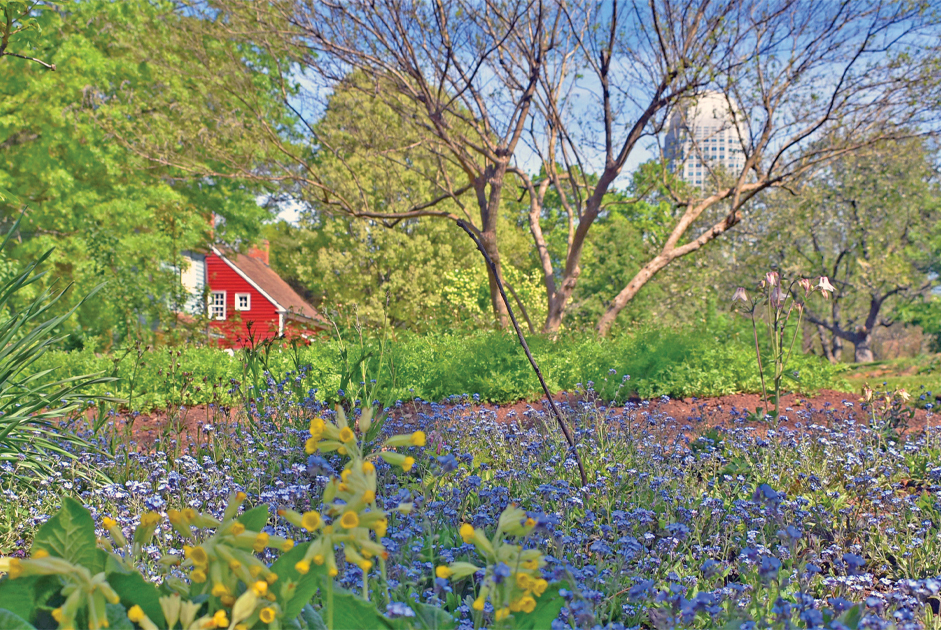Behold the extraordinary plant! Introducing the daffodil, petunia, and sunflower! These three flowers are by no means as unremarkable as you may believe! They have, along with other flowers and herbs, exceptional qualities which ward off villainous and destructive insects. Rather than just planting random seeds or plants in your garden, consider adding an array of colorful plants to help your garden flourish with eye-catching appeal!
Alliums: The long-stemmed purple flowers forming a perfect sphere are dramatic, and a natural broad-spectrum insecticide for pests, from aphids and carrot flies to cabbage worms and slugs. Add significant color to your garden by planting allium near cabbage, carrots, broccoli, garlic, kohlrabi, leeks, peppers, potatoes, and tomatoes.
Basil: Consider keeping this alluring herb in pots near the house, especially by the doors. It repels flies and mosquitoes.
(Insect Repellent Recipe: Combine four ounces of boiling water with fresh basil leaves. After steeping for several hours, remove the leaves. Then, mix the liquid with four ounces of vodka. Store the spray bottle in the refrigerator and use it as needed.)
Chives: In the garden, plant seeds of chives near your carrots and onions, or roses. While acting as a pollinator to enhance yields, they ward off Japanese beetles, aphids, carrot flies, and moles.
Chrysanthemums: Ushering in the fall brings an aromatic plant to cast away ants, Japanese beetles, bed- bugs, fleas, silverfish, spider mites, ticks, and roaches. With an eye-catching foliage, they contain a well-known chemical called “Pyrethrum,” found in many insecticidal sprays. (There’s a reason the mum adorns entranceways of houses by September.) By late fall, consider quadrupling your investment by taking a shovel and dividing one mum into four sections, and replant!
Daffodils: New house owners may discover a fence of daffodils surrounding a vegetable garden or fruit trees. It’s a colorful option to keep mammals away, such as deer. And squirrels find the yellow spring flower poisonous!
Lavender: Traditionally, lavender bouquets are hung inside and outside homes to keep the home pest-free, specifically from moths, fleas, flies, and mosquitoes. If you need a plant to keep the neighbor’s cat away, plant lavender!
Marigold: Grandmothers often kept a Mason jar full of marigold seeds to sprinkle along the border of gardens. It’s an ideal flower to keep the vegetable garden blemish-free. One such parasite that flees from the powers of the marigold is the “cabbage-root maggot.” Left protected, it will feed on cabbage, cauliflower, broccoli, Brussels sprouts, collards, kohlrabi, radish, and turnips. Save the seeds after deadheading! Plus, you’re promoting new blossoms!
Mint: The smell of peppermint or spearmint, for instance, is a repellant against mice, spiders, mosquitoes, and a whole host of other insects, including ants, and wasps. While it may not serve well in your vegetable garden, because of its tendency to spread, plant it near the home. The runners spread by traveling underneath the soil’s surface to emerge as a new plant.
Nasturtiums: The familiar coloring is orange to yellow; however, it does appear in dark red and peach. As it releases an airborne chemical, aphids, beetles, cabbage loopers, squash bugs, and white flies quickly disperse. It’s a great flower to protect your broccoli, cabbage, collards, cucumbers, kale, radishes, and tomatoes.
Petunias: The hanging basket of cascading trumpet blooms is a sign of welcome to visitors! It repels the aphids, asparagus beetles, tomato hornworms, squash bugs, and weevils; therefore, plant petunias as companions to basil, beans, corns, peppers, and tomatoes.
Rosemary: A woody herb, it is a perennial and pollinator, attracting butterflies, honeybees, and hummingbirds. It’s the perfect plant to surround your birdfeeders with, while keeping the cats, pesky flies, and mosquitoes away. So, plant it generously around outdoor seating and eating areas. Rosemary and other herbs, such as sage and thyme, are perfect for protecting beans, lettuce, and peas from rabbits.
Sunflowers: A wall of flowers can be a natural attractant for pollinators, while acting as a barrier against deer. Try planting teddy-bear sunflowers, which reach a height of three feet, to boost your yields for cucumbers, pumpkins, squash, and zucchini plants!
Keep adding to the list of beneficial plants. You’ll discover few flowers are just ordinary! Most have benevolent superpowers!























